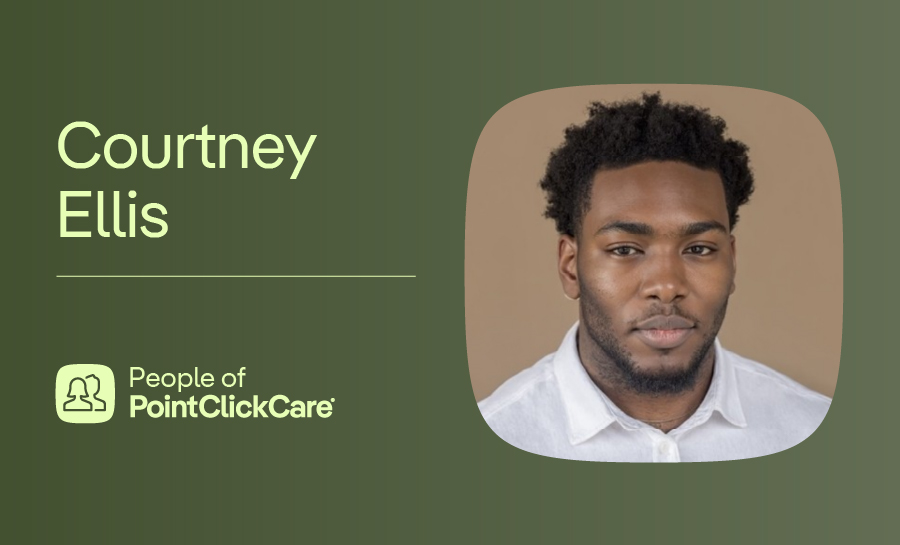Plenty of senior living providers want to join Accountable Care Organizations, or ACOs. And why wouldn’t they? With promises of improving care quality, streamlining care coordination, and saving a great deal of money, what’s not to love?
Still, for many senior living providers, joining an ACO is easier said than done. To ultimately reap the benefits of an ACO arrangement, providers must be at the top of their game, and in more ways than one.
Without the right technology, for instance, providers can kiss their ACO dreams goodbye. With the right technology, though, they’re well on their way to success — both inside and outside of their communities.
Technology makes a winner
One of the main obstacles preventing senior living providers from successfully joining ACOs is a lack of actionable quality data, experts say. “There are no universally accepted or defined quality metrics for these senior living environments — most of the quality data is really customer satisfaction-driven, not health care-driven,” Brett Frankenberg, founder of The Institute for Quality in Senior Living and program director at RehabCare, told Senior Housing News. “As we know, health care loves analytics, and that’s the biggest problem [for senior living providers].”
To get ahead — and to be taken seriously by ACOs — senior living providers should take analytics more seriously.
In fact, when it comes to joining an ACO, having the right technology is crucial, Five Star Senior Living President and CEO Bruce Mackey recently told Senior Housing News. That’s part of the reason why the Newton, MA-based senior living provider decided to invest in an electronic health record (EHR).
“With ACOs, having the data to support the work that we do, in terms of improving people from a clinical point of view, is going to be huge,” Mackey explained. “We have to be able to show as an industry that you come out of a hospital and you go into one of our skilled [settings] or one of our [assisted living communities] as opposed to going home.”
Senior living has a lot to prove to outside care partners, both from a cost perspective and from a care quality perspective, he explained.
“We’re a cheaper alternative rather than going to a hospital and we’re going to reduce hospital readmission rates, so we’re an important part of that chain,” Mackey said of senior living.
No matter how impressive a senior living provider’s clinical outcomes may be, care partners aren’t going to believe providers’ claims blindly. Providers need to prove their worth with cold, hard data. That’s where an EHR comes in.
“This system is going to be a big piece of us getting there,” Mackey said of the company’s EHR.
Happy staff, happy residents
At the same time, EHRs have the potential to improve staff satisfaction — and, by extension, resident satisfaction. That’s because EHRs simplify caregivers’ workloads, enabling them to spend more time with residents, rather than focusing on time-consuming paper documentation. Additionally, EHRs help ensure that the right care is delivered to residents at exactly the right time.
That’s certainly been the case at Five Star, Mackey explained.
“Our goal with [the EHR] is to improve our resident experience,” Mackey said. “Numbers of studies will show you that at least better clinical care is extremely important to us; one of our pillars is improving our clinical care at all times.”
With an EHR, providers like Five Star are positioned to satisfy residents, staff, and care partners all at once. The decision to invest in an EHR may seem tough at first, but all things considered, it’s a no-brainer.







